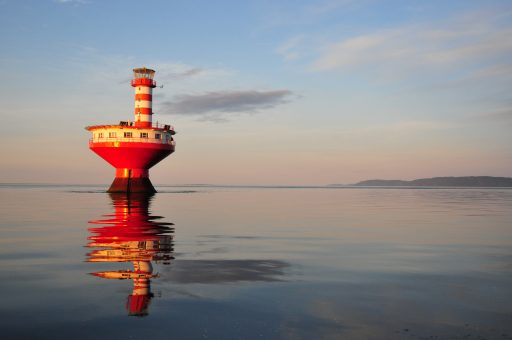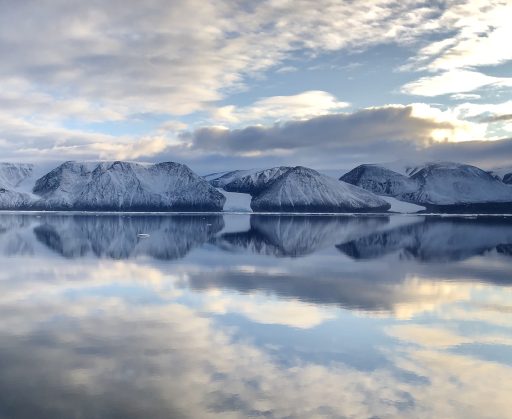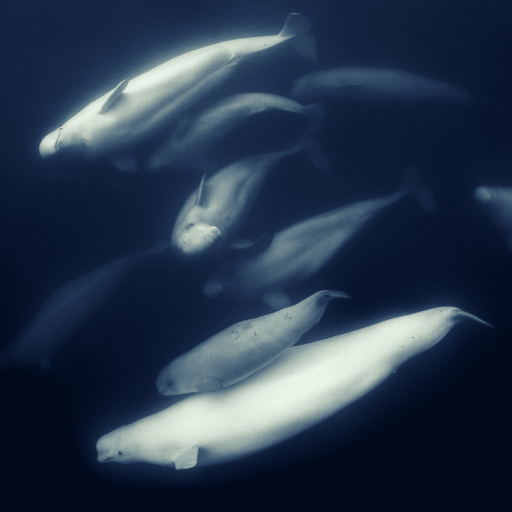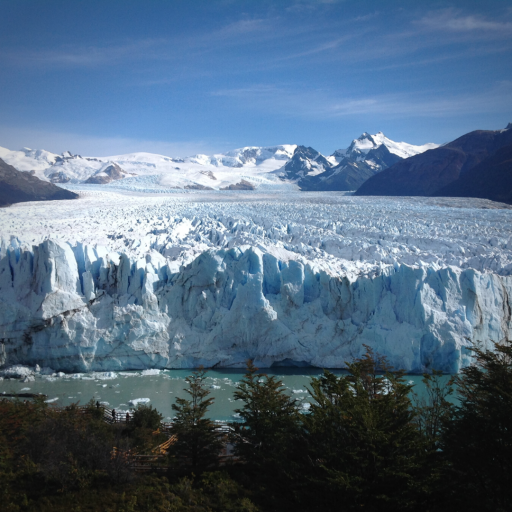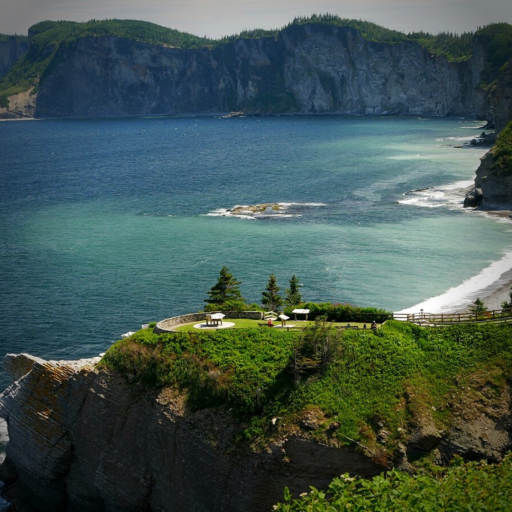
Marine Protection and Conservation at Parks Canada
Parks Canada administers one of the finest and most extensive systems of natural and cultural heritage places in the world. National historic sites, national parks, and national marine conservation areas provide Canadians and visitors the opportunity to discover, learn about, and connect with Canada’s national treasures.
This Parks Canada toolkit will take you on a journey from coast to coast to coast to explore the immersive experiences and collaborative conservation efforts that Parks Canada undertakes in marine protection and conservation. Browse the toolkit for videos, observation activities, arts and crafts creations, and to learn about the different ways of exploring marine heritage at places administered by Parks Canada across the country.
